
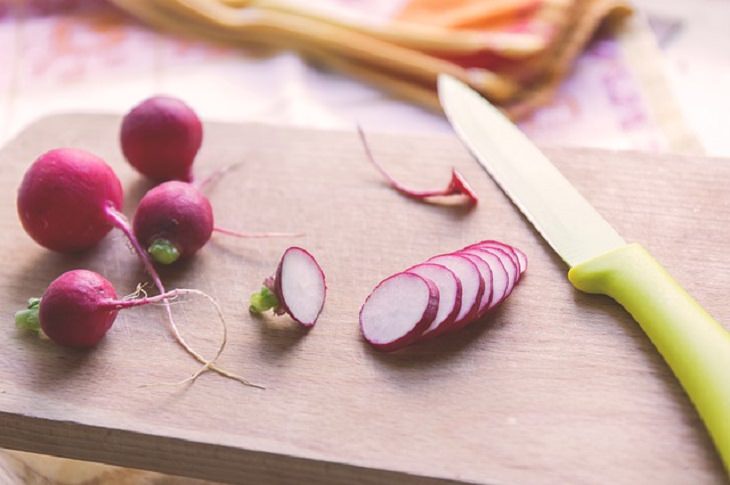
1. You prefer to use a glass board
Glass boards do tend to be more resistant to stains and odors, but that hard surface will quickly dull your knife blade. Using a glass board may also put you at risk of injury, since its surface may cause the knife to slip. Surfaces like wood will keep your knives sharp for longer and are also less likely to harbor bacteria. Plastic surfaces, however, need to be cleaned thoroughly.
2. You use a small chopping board
While a small cutting board may take up less space in the kitchen and will surely be easy to clean, the smaller surface area means that your food will be sliding off your board and your knife will have little room to move back and forth, putting you at a higher risk of cutting yourself. So save yourself the trouble and go for a bigger board.
3. You do not use a separate board for meat
Meat, poultry, and fish can harbor bacteria like E.coli and salmonella, which can cause you to feel sick. So when you use just one cutting board for both meat and vegetables, the juice from the former may likely contaminate the latter. It's advised that you therefore separate your boards, using one just for animal products, and cleaning it with hot, soapy water after each use.
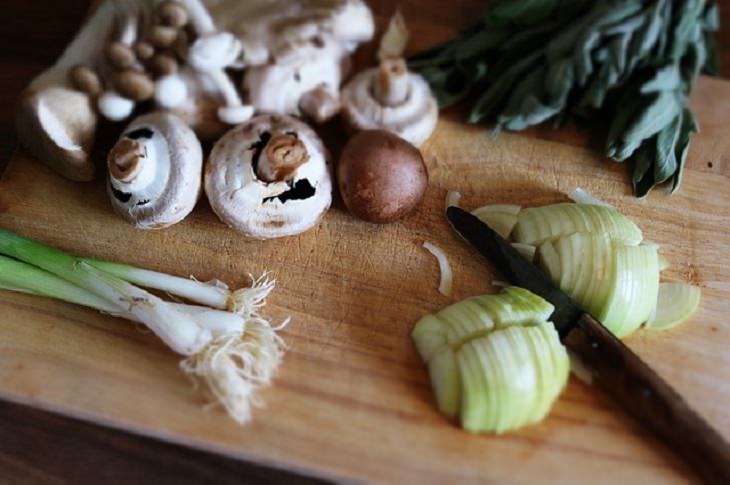
4. You use the same board for someone with allergies
Cross-contamination is not only a risk for meat eaters, it may also be a problem when you are prepping food for someone with an allergy. As although the cutting board may look clean, it still harbors traces of an allergenic food. With this in mind, you may want to invest in a separate board. If using your regular board, however, take steps to thoroughly wash and sanitize it.
5. You put your wooden board in the dishwasher
While plastic cutting boards can endure the heat of a dishwasher, a wooden board will likely warp or crack. They are therefore better to wash by hand with some soap and warm water. If you're dealing with stains or strong odors, get rid of them by sprinkling your board with baking soda and rubbing it with half a lemon.
6. You're not drying your board thoroughly
A damp board and minimal circulation sets the stage for bacteria to grow. So, instead of placing your cutting board back on the counter, it is best that you let it drip and dry on your dish rack.
7. You're not oiling your wooden board
All that washing with soap and water can cause your wooden board to dry out and crack. To prevent this from happening, rub the surface with food-grade oil, such as olive oil - this will keep it from drying out and will enable your board to last longer. Once a week, or even, once a month should be enough.
 10:06
10:06
22 Mistakes We've All Been Making While Eating
We all love food, but that doesn't mean we are experts. Actually we are making basic eating errors every day. No fear, here are 22 fixes to learn!

Bet You Never Knew How Beneficial These Foods Are
Include these 12 foods in your diet to reduce the effects of arthritis - they have been shown to fight inflammation, strengthen bones and boost the immune system.
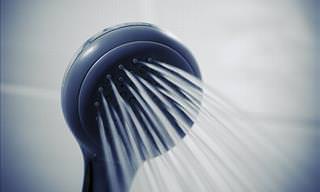
6 Common Mistakes We All Make When Showering
Which of these 'mistakes' are you guilty of making?

How Tennis Balls Are Effective at Relieving Body Pain
You can use Tennis Balls to ease your aches and pains. Here's how!

These Remedies That Get Rid of Facial Hair Actually Work!
Got excess facial hair? Here are 7 natural remedies to remove it.

Your Herb Garden Will Flourish with These Helpful Tips!
The following six tips will help you grow an abundance of herbs round the year.
 13:21
13:21
A Word from Warren Buffett: Investing for Beginners
Unpack the genius of Buffet's philosophy and get a chance to understand the financial world through his eyes. Tune in, absorb, and let your financial journey flourish.
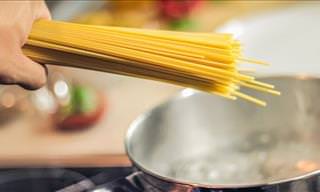
6 Surprising Mistakes You Probably Make When Cooking Pasta
If you follow these steps you'll be rewarded with a delicious dish that is worth every creamy bite.
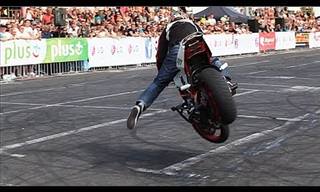 4:01
4:01
These Insane Motorbike Stunts Will Make You Doubt Your Eyes
Motorbike stunts that completely defy the laws of gravity!
 2:00
2:00
If You See a Baby Choking, Do You Know What To Do?
If you see a baby choking, do you know what to do? This guide explains.

Dating as a Mature Adult May Seem Intimidating, But It’s Easy!
Tips and advice for single people above the age of 40.

Discover 6 Easy Ways to Clean a Home with Hydrogen Peroxide
We all want to see our homes clean and sparkling, and it turns out that with hydrogen peroxide - something we all have at home- this can be done with ease!
 1:47
1:47
Brilliant: How to Make a Self-Watering Plant!
How to make your plant water itself, saving you a lot of hassle and meaning you'll never again forget to water them correctly.

14 Fall Plants Perfect for Brightening Up Your Garden
These 14 perennial flowers can be enjoyed long after summer has ended, and just look at how beautiful they are! How will they look in your garden?
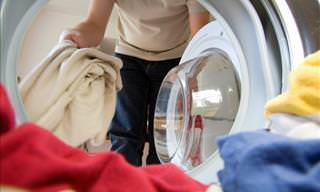
Warning: Using Dryer Sheets May Cause You Health Problems
Is it really such a good idea to use dryer sheets? The answer may shock you.

Bored of the Outlet Covers? Here's How to Paint Them Well
In this article, we'll learn how to paint and wallpaper plastic or metal outlet covers effectively and professionally.
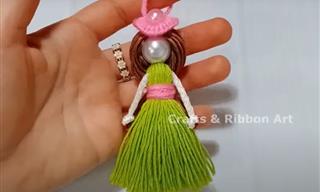 8:29
8:29
The BEST Craft Idea For the Little Princesses in Your Life
Make this cute princess charm you can hang on a bag, and it's both easy and fun!
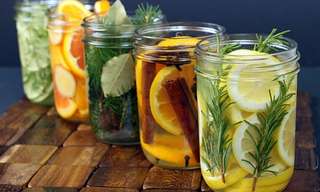
Safe & Natural Recipes to Add Scent to Your Home
Forget those fake, unhealthy air fresheners and chemical-packed scented candles. Make your own natural scents and keep your home fresh.

Some Tips You Might Not Know About Whisky
If you're a lover of whisky and would like to know how best to drink it, the guide will cover everything you need to know!

What Is Your Learning Style? This Chart Explains
What is your learning style? Identify your learning style with this chart.

Enrich Your Knowledge with These Amazingly Useful Charts
Save these useful charts today! We guarantee they will come in handy…

These Simple Tricks Can Help Improve Your Memory
Suffering from memory loss can be extremely frustrating. Therefore, here are some tips to help you stop forgetting the daily things you need to remember.
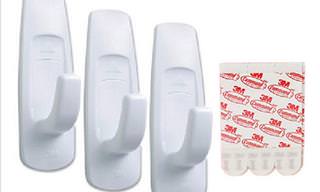 4:09
4:09
Amazing! How Can One Small Tool be So Useful?
18 brilliant ways to use Command Hooks. These will come in handy in the future.
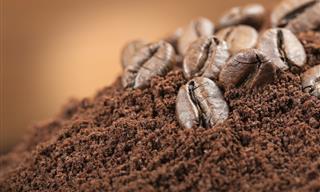
9 Ways to Use Coffee to Make Your Hair and Skin Shine
Caffeine, a familiar component of coffee, can stimulate blood circulation, leading to radiant, healthy, and bright skin.

How to Clean BETWEEN the Oven's Glass Panels
Here is a neat trick you can use to make sure that this troublesome gap is kept free of dirt and filth so that your oven door remains spotless!
 3:12
3:12
Challenge Your Friends to 10 Bets They Can Never Win!
Amaze and annoy your friends by showing them off with these 10 "unbeatable" bets!

Who Knew Vick's VapoRub Was So Incredibly Versatile?
Is there any product in your medicine cabinet that is more versatile than Vick's VapoRub? Here are 7 innovative ways for you to use it.
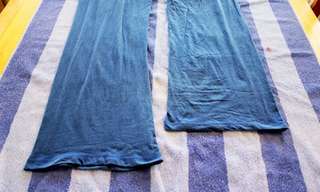
Say Goodbye to Shrunken Clothes with This Neat Laundry Trick
Recently I accidentally shrunk my favorite pair of pants. I was preparing to bid them farewell until my friend suggested a laundry trick that would revert them back to their former length. I didn’t even know this was possible. See how it's done!

9 Ingenious Q-Tip Hacks for Surprising Daily Uses
We bet you never thought cotton swabs could be so handy around the house!
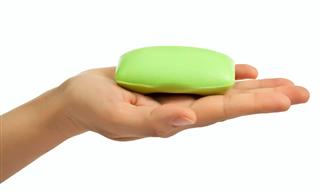
Hey! Did You Know Soap Has So Many Extra Uses?
Soap is much more than something useful for cleaning your hands and face. Here are 21 stunning uses for a bar of soap that I never even knew.

10 Ways to Get Rid of Black Circles and that Puffy Look
Had enough of looking tired? Try our natural recipes to rid yourself of that tired look.
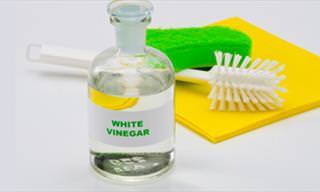 3:52
3:52
Did You Know Vinegar Has a Whole Range of Different Uses?
Watching this video will make you love vinegar more than you ever did before - it has loads of different uses around the house.
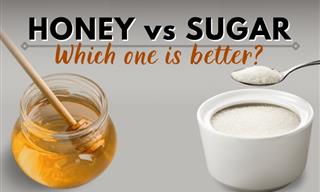
Is Honey Always Better to Use Than Sugar?
Isn't it a good idea to replace the sugar we add to our coffee and baked goods with a healthy alternative like honey? Not necessarily...

12 Words You Probably Didn't Know Were Acronyms
Without even realizing it, we are frequently incorporating many acronyms into our everyday lives!
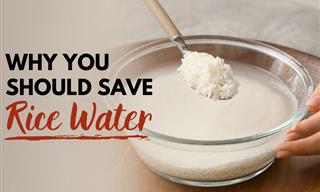
Rice Water - 6 Unexpected but Super Helpful Uses
After reading this article, you will never throw away rice water again.
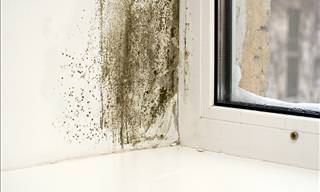
Mold Will Be a Thing of the Past With These Home Remedies
Mildew and mold are pesky household invaders. Here are 5 easy ways to get rid of them using just natural household ingredients.

8 Best Ways to Handle Those Who Constantly Pull You Down
Here are some tips on how to get around people who constantly put you down.

6 Humane Ways to Keep Stray Cats off Your Property
If you have a problem with stray cats, this article will provide you with 6 humane ways toy can keep unwanted cats out of your property.

Now is The Last Chance for This Outdoor Winterizing Task
Learn how to seal cracks and potholes in your driveway, and how to winterize your driveway before the first snow.
 6:28
6:28
Clever Ways to Hide Your Money and Credit Cards
Don't let the burglars get your hard earned cash! Learn how to hide it like a pro.
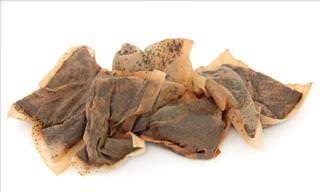
7 Fantastic Ways to Use Tea Bags in Your Garden
Before you dump your tea bags you should be aware that they can come in handy in the garden. Here are 7 great ways you can use tea bags in your garden.
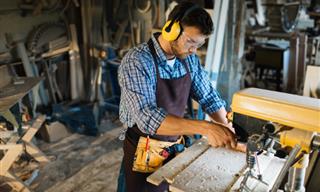
How Woodworking Can Create Additional Revenue for You
The best woodworking business courses teach everything from basic woodworking techniques to advanced marketing strategies.
 8:24
8:24
Eye-Relaxing Tips: Simple and Fast Exercises for Your Eyes
Do your eyes feel strained at the end of the day? These useful exercises will provide some relief.
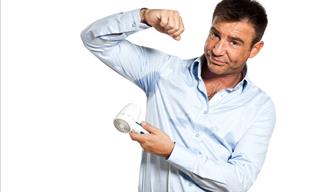
The Best Natural Methods to Controlling Excess Sweat
While sweating can be good for you, sometimes it can be embarrassing and cause a foul odor. Discover natural ways to prevent excess sweating.
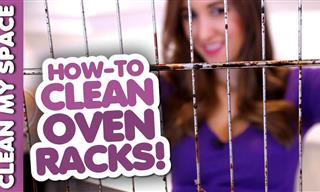 6:23
6:23
The Best Way to Clean Your Oven Racks
Let's dive into this clever solution that is set to make your kitchen life a lot easier!
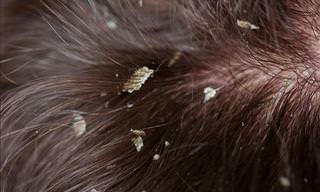
Do You Have Dandruff? Here's How to Get Rid of It!
Do you suffer from dandruff? If so, instead of buying expensive shampoos, try these 8 natural remedies instead!

Create a Lasting Memory of Your Pet in These 10 Ways
If your pet has just passed away, here are 10 great ways to remember the life you've shared together.


